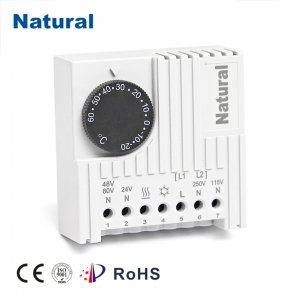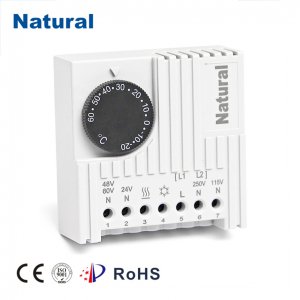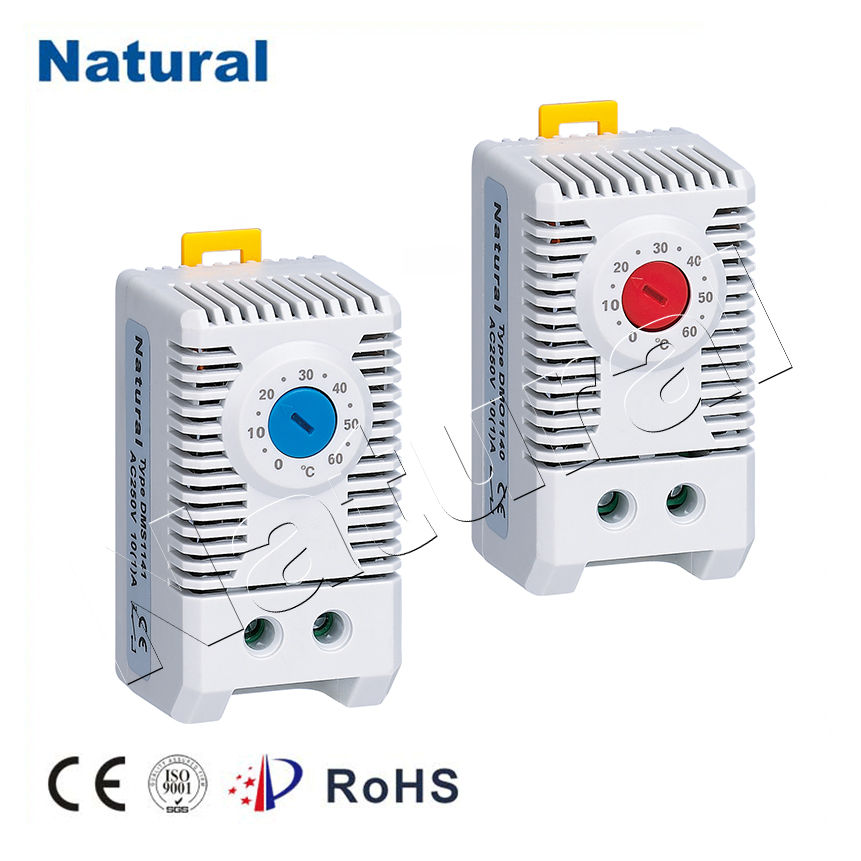A 24V thermostat is an essential component in modern heating, ventilation, and air conditioning (HVAC) systems. This device regulates indoor temperatures by controlling the HVAC system based on user settings and environmental conditions. Understanding the features, benefits, and installation process of a 24V thermostat can help homeowners make informed decisions about their heating and cooling systems.

What is a 24V Thermostat?

A 24V thermostat operates on a low voltage of 24 volts, typically supplied by a step-down transformer from a standard household electrical supply. Unlike high-voltage thermostats, which can be hazardous to handle, the lower voltage makes 24V thermostats safer and easier to install. These thermostats are commonly used in residential and commercial buildings to manage both heating and cooling systems, including furnaces, air conditioners, and heat pumps. Key Features of 24V Thermostats 1.Compatibility with HVAC Systems 24V thermostats are compatible with various HVAC systems, including forced air, hydronic heating, and heat pump systems. This versatility makes them suitable for a wide range of applications, from small residential units to larger commercial installations.
